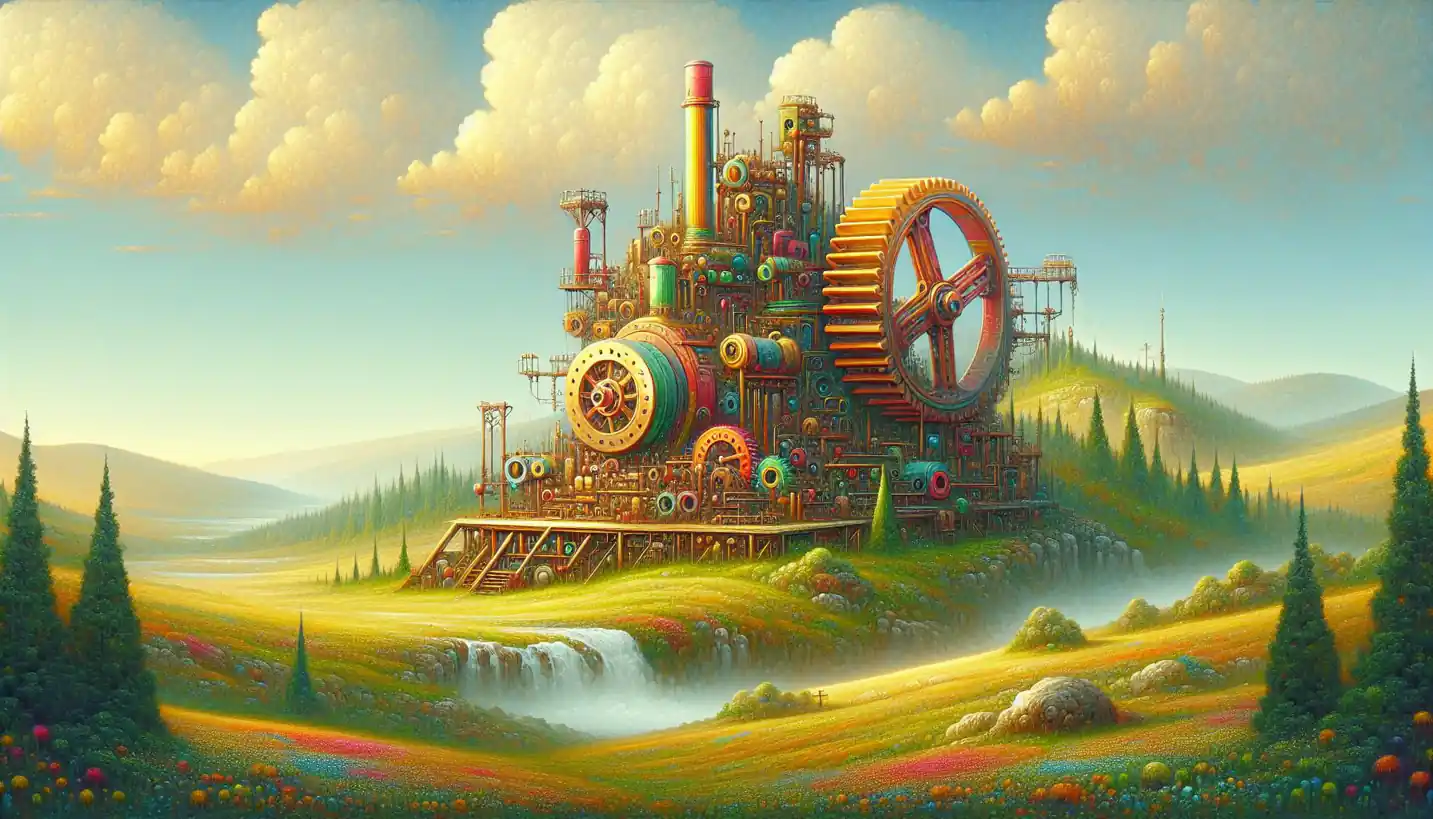· Engineering · 5 min read
Reinforced Concrete: A Cornerstone of Modern Construction Magic
Dive into the wonders of reinforced concrete, the modern magic holding up massive structures everywhere.

When you step into a towering skyscraper or admire the graceful arches of a bridge, you might not give much thought to what makes these massive structures stand tall and strong. Many of the feats of modern architecture owe their strength and durability to something called reinforced concrete, a fascinating concept in civil engineering that has revolutionized how we build our world.
The Basics of Reinforced Concrete
Reinforced concrete, as the name suggests, combines two different materials: concrete and steel. At first glance, concrete alone might not seem like much. It’s what you see in countless sidewalks, driveways, and simple structures. Made from a mixture of cement, water, sand, and gravel, concrete is incredibly strong under compression. Imagine squeezing a sturdy sponge; it can take a lot of pressure. However, concrete doesn’t do well under tension, like a rope being pulled. That’s where steel comes into play.
How Steel and Concrete Work Together
Steel is incredibly strong under tension. Imagine it as a rope that refuses to snap. When we combine steel with concrete, the resulting material can withstand both compression and tension. It’s like getting the best of both worlds. This clever mix allows architects and engineers to design structures that not only support a lot of weight but are also resilient against natural forces like wind and earthquakes.
The Birth of Reinforced Concrete
The story of reinforced concrete starts in the 19th century. A gardener named Joseph Monier in France wanted to find a way to make his concrete plant pots stronger. He came up with the idea of embedding iron mesh into them. This simple, inventive step marked the humble beginnings of reinforced concrete. Eventually, this concept spread, transforming the construction industry.
Evolution Over Time
As engineers and architects began to understand the potential of reinforced concrete, its applications expanded rapidly. Early 20th-century buildings began incorporating it, leading to taller and more complex structures. Factories, homes, and even iconic landmarks like the Sydney Opera House owe much to the versatility of reinforced concrete.
Why Is Reinforced Concrete So Popular?
The versatility of reinforced concrete is simply unmatched. Here are a few reasons why it has become a go-to material in construction:
Durability and Longevity
Structures made from reinforced concrete are incredibly durable. They can withstand harsh weather, resist rust, and last for decades with minimal maintenance. This longevity makes them a smart investment, reducing the need for frequent repairs or replacements.
Flexibility in Design
Reinforced concrete is like clay in the hands of skilled architects. It can be molded into a vast array of shapes, making it a favorite for innovative and creative designs. From curved bridges to spiraling towers, the possibilities are almost endless.
Cost-Effectiveness
While the initial cost of reinforced concrete might seem high, it’s more economical in the long run. Its strength allows for thinner slabs, saving material, and labor costs. Plus, because it requires less maintenance, it saves money over time.
The Science Behind the Strength
Understanding why reinforced concrete is so strong requires a look at how the materials interact at a microscopic level. When concrete sets, it forms a stone-like structure with many tiny, interlocking crystals. Steel, meanwhile, has a high tensile strength, meaning it can stretch without breaking. Together, they handle different types of stress effectively.
Chemical Bonding
There’s more than just physical intertwining happening. A chemical bond forms between the steel and the concrete, ensuring that they work together seamlessly. This bond helps prevent cracks, which are the bane of any construction project.
Environmental Impact and Sustainability
With growing concerns about the environment, the construction industry is reflecting on its practices. Reinforced concrete has come under scrutiny because producing cement contributes to carbon emissions. However, new research and innovations are working to make it more sustainable.
Green Concrete
Scientists are developing alternatives like green concrete, which includes recycled materials and less energy-intensive production methods. These advances aim to reduce the carbon footprint of construction projects without compromising on strength or durability.
Reinforced Concrete in Everyday Life
Take a look around, and you’ll likely find reinforced concrete playing a starring role. From urban infrastructure to rural bridges, it’s a part of everyday life. It’s in schools, hospitals, and even the foundations of your local shopping mall. Its presence is a testament to its reliability and usefulness.
Famous Structures
Some of the most iconic structures utilize reinforced concrete. Think of the Hoover Dam or the Panama Canal. These incredible projects showcase not just the strength, but also the adaptability of this material.
Challenges and Future Directions
While reinforced concrete has many advantages, it does have challenges. One concern is corrosion, which occurs when water and salts penetrate the surface and rust the steel. Engineers are constantly developing techniques to prevent this, such as using special coatings or corrosion-resistant metals.
Technological Innovations
The future is bright for reinforced concrete. New technologies, such as self-healing concrete, are being developed. Imagine a material that heals its own cracks! Such innovations promise to extend the lifespan of structures and reduce maintenance costs.
Wrapping Up
Reinforced concrete is so much more than the gray slabs we walk on daily. It’s a cornerstone of modern engineering, combining the strengths of two materials to create something stronger and more adaptable than either alone. As technology advances, the potential applications and benefits of reinforced concrete continue to grow, helping shape the future of construction.
When we consider the balance between practicality and creativity in building our world, reinforced concrete stands out as a true marvel. From humble beginnings in a gardener’s workshop to iconic landmarks and infrastructure projects, its story is one of innovation and enduring strength. The next time you see a building, bridge, or even a simple wall, remember the incredible science and engineering that keep it standing tall, thanks to the magic of reinforced concrete.

